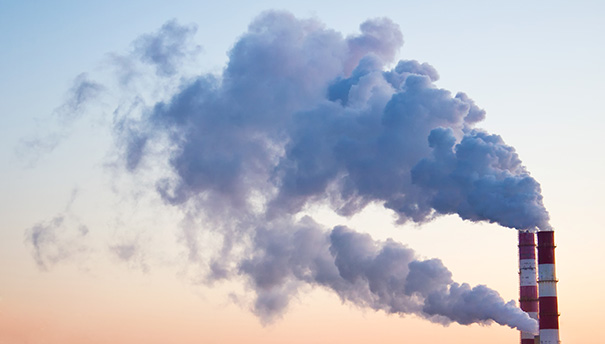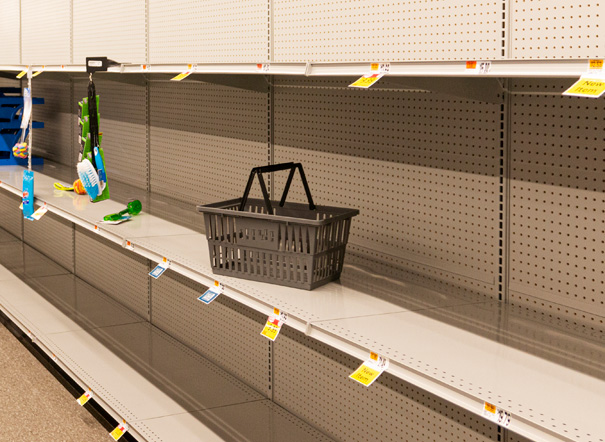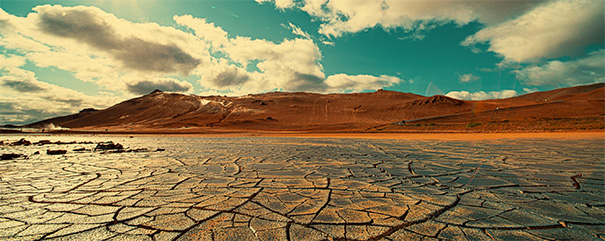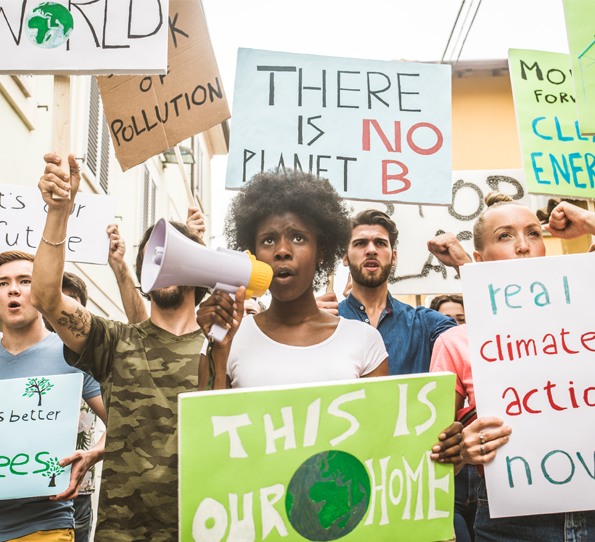It is a gas that soaks up and releases radiant power within the thermal infrared range, causing the greenhouse effect.
The problem with greenhouse gas is that it contributes to the greenhouse effect. Basically it heats up the earth, pollutes the air and water, and will lead to food shortages. It will also cause diseases such as cancer.
But who contributes to greenhouse gas?


Transportation includes moving of both people and goods by cars, trucks, trains, ships, airplanes, and other vehicles. The majority of emissions from transportation are CO2 from internal combustion engines powered by gas and diesel fuel. The remaining emissions come from other modes of transportation, including commercial aircraft, ships, boats, and trains.
Electricity production emissions come from the making, transmission, and distribution of electricity. The large majority is CO2. Coal burning makes more emissions than natural gas or petroleum.
Industry the emissions from the production of goods and raw materials are broken into two types. Direct and indirect are the types. Direct are emissions that are made at the plant. Indirect occurs off site of the plant but are related with the plants use of electricity.
Commercial and residential is from direct and indirect emissions. The direct is from fossil fuels combustion for heat and cooking, managing waste and waste water, and leaks of refrigerant in homes and buildings.
Agricultural industry can add to greenhouse gases in a variety of ways through growing crops and livestock. Crops can lead to increased nitrogen that gives off emissions. Livestock makes methane it is part of their digestion. Manure from livestock can also cause emissions depending on how it is handled.
These are the gases that are heaviest in our atmosphere and do a lot of damage.

What the solutions that can help reduce greenhouse gas in your business today?
Here is a list to begin reducing your emissions:
If we all do our part we can save our planet for generations to come while still being efficient.
